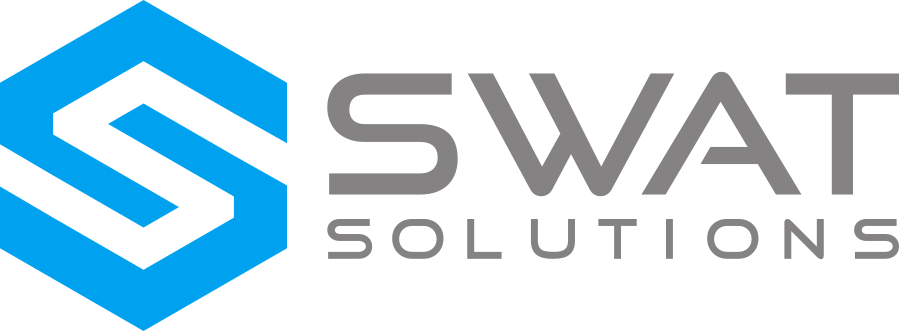As the mobile market continues to expand, mobile testing is becoming increasingly important. Typical mobile testing includes testing the layout, device features, user interactions, and others. As with desktop experience, customer experience begins with performance – how well the application performs. In this article we look at the 3 components of mobile performance testing – physical device, server, and data transmission. Physical Device
The physical device is where all the action happens for the user. This testing is focused around hardware, operating system, memory, and how the app functions under specific combinations of these factors. Server
As in desktop testing, performance testing is conducted against the server for any interactions with a server. In some cases this is the same server as the desktop application, which requires a test on both the load of desktop users as well as mobile users. On the server, we are testing against such things as
- Web Services
- Concurrent Users
- Memory
- Database
Data Transmission
Perhaps the biggest performance factor is the network speed. By limiting network bandwidth, simulating latency, packet loss and single strength we can simulate a real world experience on various networks under a variety of conditions. Currently on the market today there are proprietary performance tools that can do this at a cost. Such tools include Gomez, NeoLoad, Load Runner, Silk Performer, Blaze meter and SOASTA. One method of doing this testing is to determine target mobile standards such as LTE, 4G, 3G and so on, establish the average speeds of these networks, and conduct testing against specific speeds by use tools above to limit bandwidth and monitor results. Imagine all of that data being consumed when sending a plethora of 4mb or 5mb photos to multiple https://phonetrackingapps.com/how-to-hack-phones/ people over imessage. US bandwidth speeds
- GSM (Global System for Mobile Communications) 2G — 9. 6Kbps
- GPRS (General packet radio services) 2. 5G — 56Kbps to 115kbps
- EDGE (Enhanced Data rates for GSM Evolution) 2. 75G — 120Kbps – 237kbit/s
4 slots used cased increase on more slots - UMTS (Universal Mobile Telecommunications System) 3G — 384Kbps to 5. 8Mbps
- HSPA (software upgrade to UMTS, theoretical 42Mbps) 3. 5G — 600Kbps to 10Mbps,
averages 1-3Mbps - WiMAX/LTE “4G” (theoretical 100-300Mbps) — 3Mbps to 40Mbps average, 40Mbps+
peak download speeds.
.


